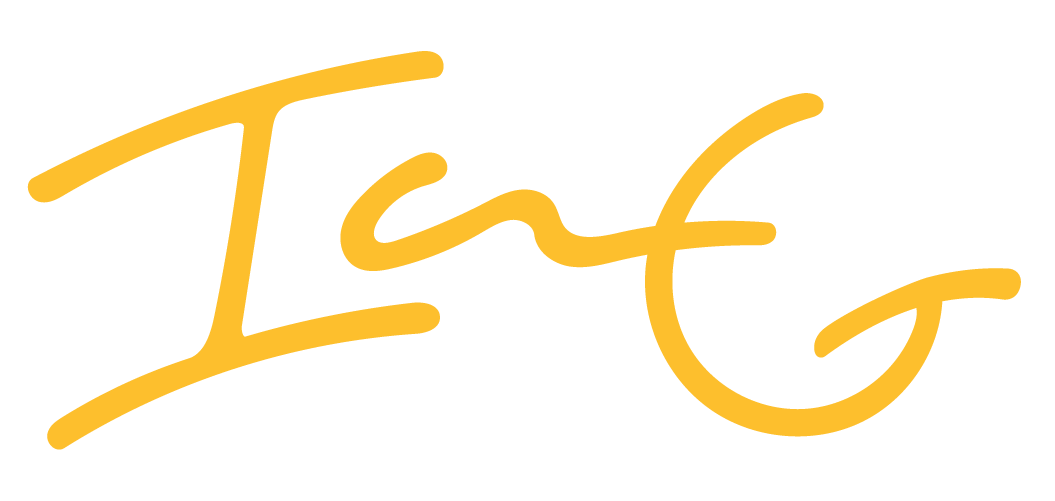Step 1: Find the Context
Before jumping straight into solutioning a design problem, I take a look around at what might influence the ability to produce a great design. Three spaces and the stakeholders within them have to be understood: user, business, and technology.
I work with stakeholders to create a shared understanding between these spaces and set the bar for good communication from the start. To understand the context better, I go in with a listening and learning mindset while questioning assumptions and examining the problem space.
Step 2: Identify Constraints
To design a solution is to balance options and constraints, with each previously identified space affecting different aspects of the product. Desirability comes from understanding the user, which drives the need being met and product usability. Viability is determined by the business, which looks for profit and long term success. Feasibility is driven by technology and affects how the product can be created and maintained.
Knowing and working with these constraints helps prevent issues with design solutions later in the process. Sometimes, the constraints need to be researched or pushed to create an ideal design space.
Step 3: Product Design Cycle
Within feasibility, viability, desirability, and shared understanding lies the design space, where human centered design happens. Working within this space is a cyclical loop of discovering, developing, delivering, and learning.
By iteratively working through the product development cycle, I work and lead teams to the best solution depending on the situation and context - sometimes a minimal viable product, or a fully realized and ready to ship system.
While designing, I also push for data-driven decisions, tracking, and adjustment to designs, even after release, to create proven solutions that work for both users and the business.
To see it in action, take a look at my projects

